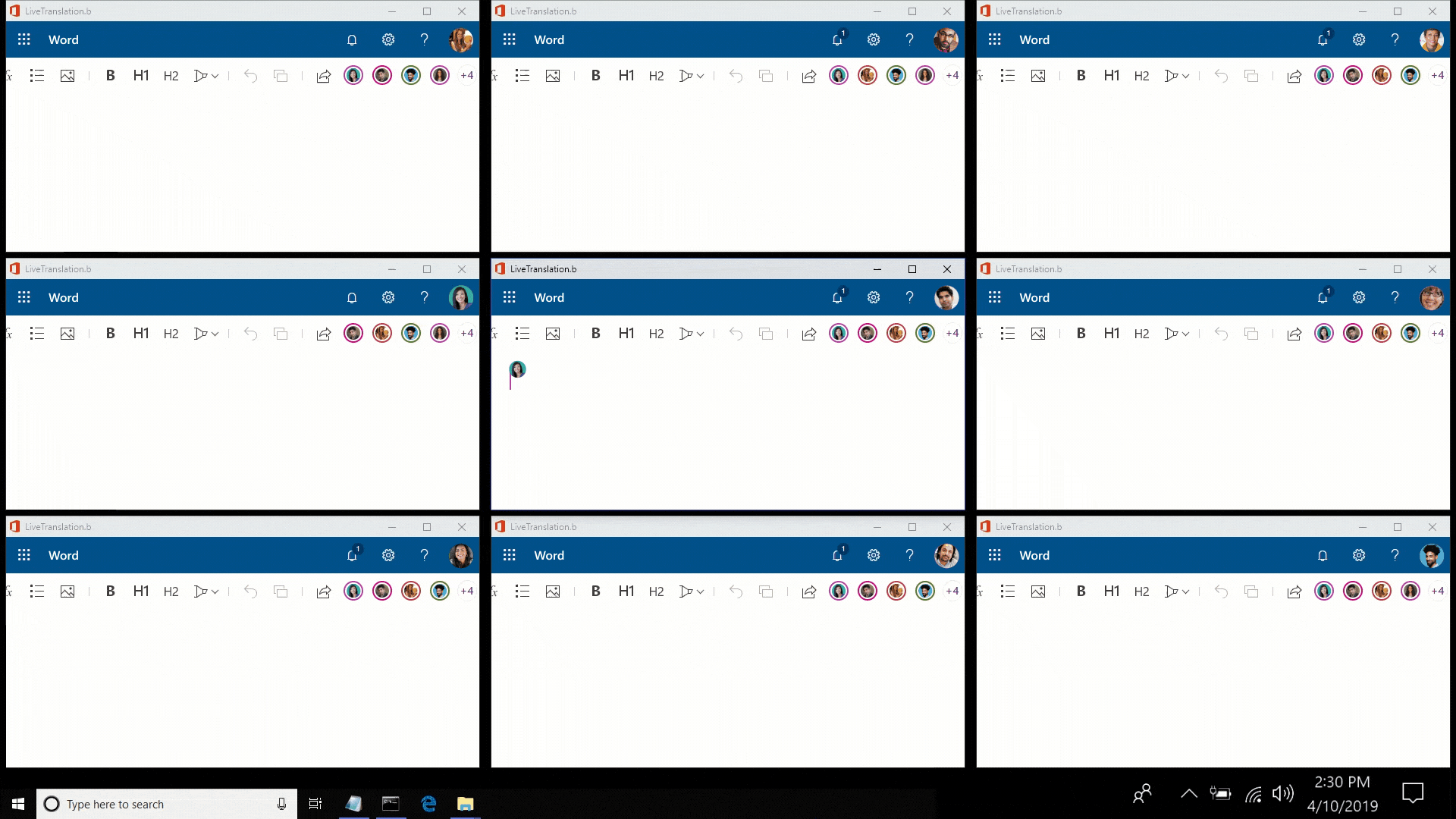Today at Microsoft Build 2020, we announced the latest innovations in Microsoft 365. We first launched Office.com/setup 365 almost two years ago by bringing together Office.com/setup 365, Windows 10, and Enterprise Mobility + Security into a single solution. Since then, we’ve introduced new offerings like Microsoft Teams, Microsoft Search, and Microsoft Stream to create a set of deeply connected experiences available whenever and wherever you want to be productive. In many ways, this follows the same pattern we took with Office a little over 30 years ago when we created the world’s most widely used suite of productivity apps by combining Word, Excel, and PowerPoint. With Office.com/setup 365, we’re building the world’s productivity cloud—a solution to help people work smarter together on any device. The updates you’ll see today are our next step in creating a new way to work by breaking down barriers between people and across apps and devices.
Underpinning all of this innovation is the Microsoft Graph, our customers’ secure and compliant record of their productivity activity in the Microsoft Cloud. It helps developers create people-centered, cross-platform experiences by providing context about an organization’s work that flows across documents, apps, and devices. The Microsoft Graph powers the most important components of Office.com/setup 365, from “born in the cloud” experiences like Microsoft Teams, Microsoft Search, and MyAnalytics, to modern, cloud-connected collaboration in existing apps like Word, Excel, and PowerPoint. Read on for the latest updates to these experiences and the underlying developer technologies that make them possible.
Leverage the power of the open web with Microsoft Edge, whether you’re browsing or developing
In December, we announced our intention to adopt the Chromium open source project in the development of Microsoft Edge on the desktop. We’re excited to work with the larger Chromium open source community to create better web compatibility for our customers and less fragmentation of the web for all web developers. Today at Build, we’re announcing a host of new features for the next version of Microsoft Edge on Windows 10 that address some of the fundamental frustrations with browsers today, including:
- Internet Explorer mode—Internet Explorer mode integrates Internet Explorer directly into the new Office.com/setup Edge via a new tab. This allows businesses to run legacy Internet Explorer-based apps in a modern browser.
- Privacy Tools—Additional privacy controls that allow customers to choose from 3 levels of privacy in Office.com/setup Edge—Unrestricted, Balanced, and Strict. Depending on which option you pick, Office.com/setup Edge adjusts how third parties can track you across the web, giving customers more choice and transparency for a more personalized experience.
- Collections—Addressing the information overload customers feel with the web today, Collections allows you to collect, organize, share and export content more efficiently and with Office integration.
And for developers who have built Chromium compatible websites or extensions, we’re ensuring they’ll see the same compatibility in the Edge browser without additional work. These features and more will begin to roll out over time as we get closer to the broader launch of the next version of Microsoft Edge. To download the latest preview builds, visit the Office.com/setup Edge Insider site. For more detail on today’s announcements, please visit our developer blog.
A new class of shared, interactive web experiences powered by the Fluid Framework
We’re also committed to making the web more productive and collaborative for all browsers. Today we’re announcing the Fluid Framework, developing technology for building a new class of shared, interactive experiences on the web. It offers three key capabilities. First, experiences powered by the Fluid Framework will support multi-person coauthoring on web and document content at a speed and scale not yet achieved in the industry. Second, it provides a componentized document model that allows authors to deconstruct content into collaborative building blocks, use them across applications, and combine them in a new, more flexible kind of document. Third, the Fluid Framework makes room for intelligent agents to work alongside humans to translate text, fetch content, suggest edits, perform compliance checks, and more. We’ll make this technology broadly available to developers and integrate it into Office.com/setup 365 experiences like Word, Teams, and Outlook to transform the way that you work with these tools. We will launch both the software developer kit and the first experiences powered by the Fluid Framework later this year.

No comments:
Post a Comment